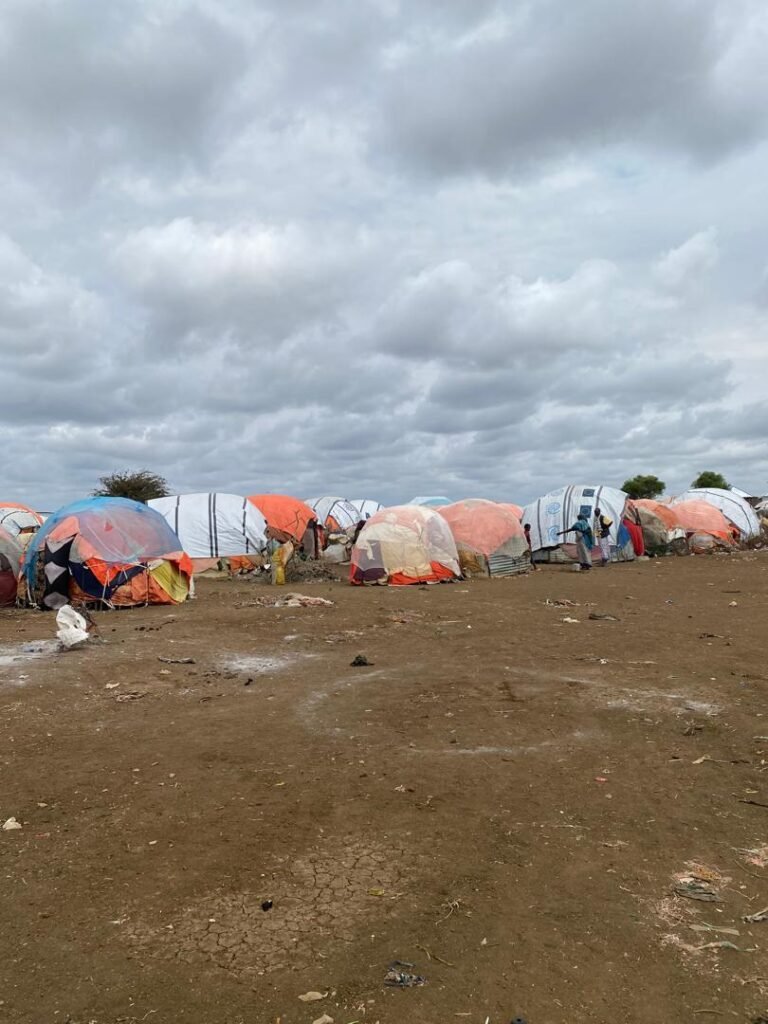Somalia, severe droughts, flooding and lingering conflicts remain the key drivers which couses climate change . According to Somalia WASH cluster, over 6.5 million people in Somalia will need lifesaving WASH assistance in 2024 This estimation includes 1.4 millio displaced and 5.2 million non-displaced vulnerable communities, mainly in rural and few urban areas
Specifically, in Baidoa district, Southwest State of Somalia, the situation in rural areas is deteriorating. Women and children travel long distances in the dry season to collect water for domestic and livestock use. Scarce surface water resources, reliant on seasonal climate changes, result in traditional storage facilities being inadequately filled, if not entirely empty. Consequently, vulnerable Internally Displaced Persons (IDPs) and host communities face amidst severe droughts, conflicts, and climate shifts. This situation has left communities in dire need of access to climate anticipation action , as they struggle to meet their basic needs. with that courses of climate change it required to build their resilience to overcame the climate change
vulnerable children are often first and worst affected by the impact of climate change. Tackling the global climate crisis is vital for the achievement Breakthrough ambitions It is also increasingly at the heart of delivering the UN Convention on the Rights of the Child, the Sustainable Development Goals and the 2030 Agenda Leave No One Behind Pledge.

Environmental Sustainability and Climate Change (ESCC) Policy – a cross-functional policy that outlines the organisation’s ESCC ambitions and objectives. To support the successful implementation of the policy, SCI’s Senior Leadership Team requested the development of an ESCC Action Plan, which outlines and attributes targets and deliverables to each organisational function, including advocacy.
ADVOCACY PRIORITIES
During the 2024-28 Strategic Period our advocacy focus is on facilitating children’s own climate advocacy, increasing climate financing and obtaining commitments to limit global warming:
- Support children’s own climate campaigning, advocacy and strategic litigation to influence change on their own issues, particularly those community most affected by inequality and discrimination. This includes through training, providing access to child-friendly information (in the education sector), and facilitating access to political platforms (incl. COP 27, 28 & 29) – linked closely to the Generation Hope global campaign.
- Increase climate finance, including investment in child-sensitive climate finance, and investments in shock-responsive social protection to build climate resilience for children, their families and communities.
- Secure political commitments and accountability from countries and private sector actors to address the climate crisis and limit warming globally to 1.5 degrees (mitigation and adaptation). This is in contribution towards the Generation Hope campaign ambition.

I
